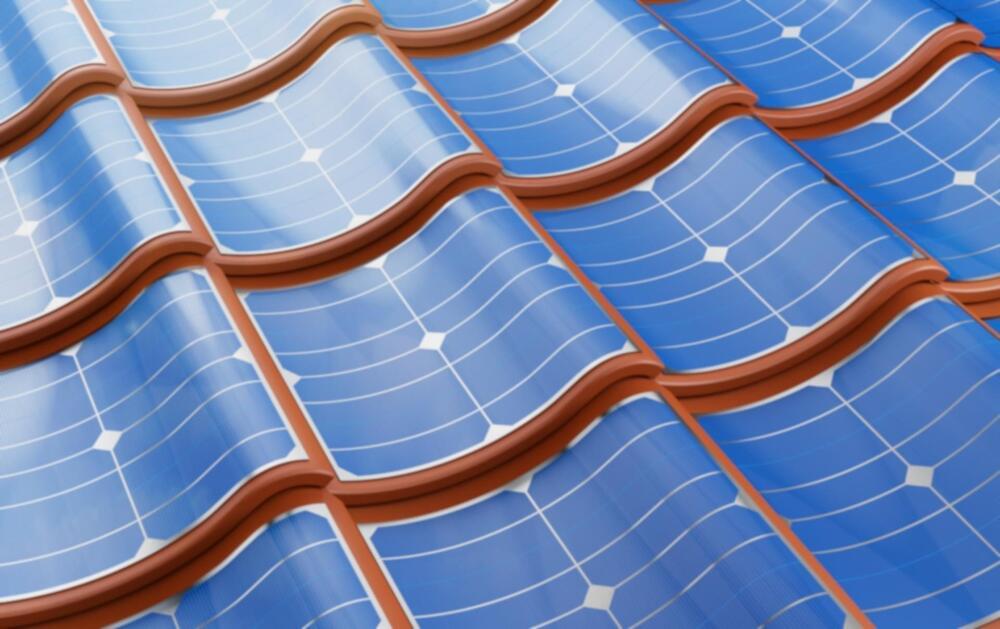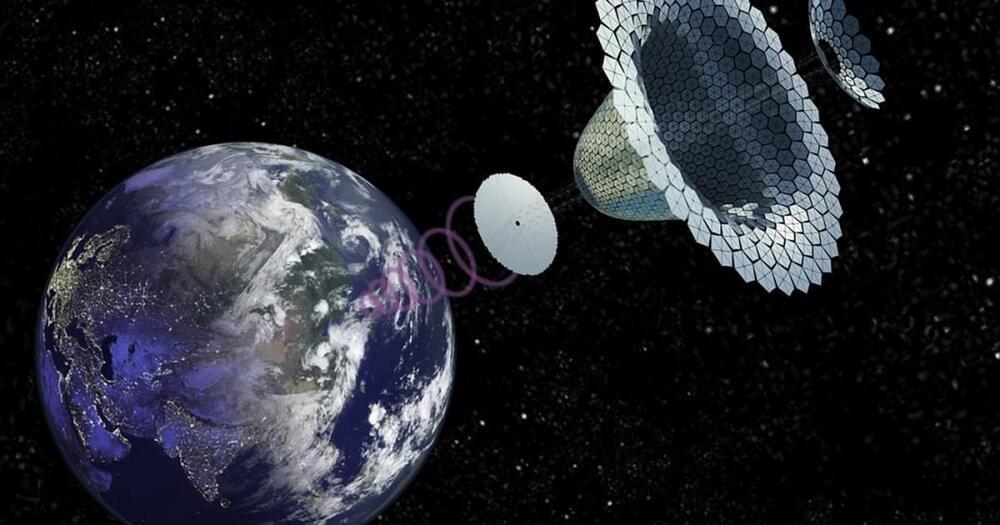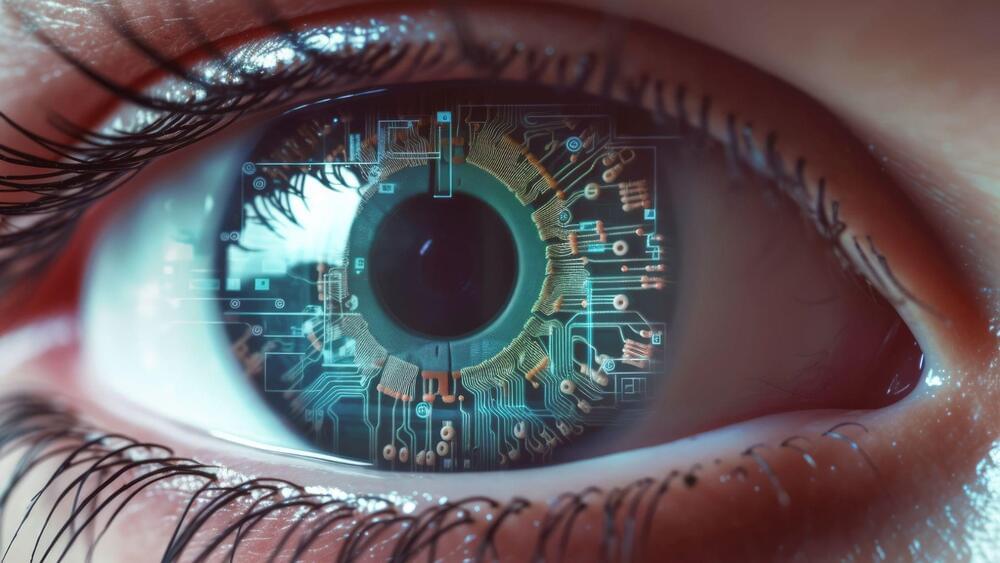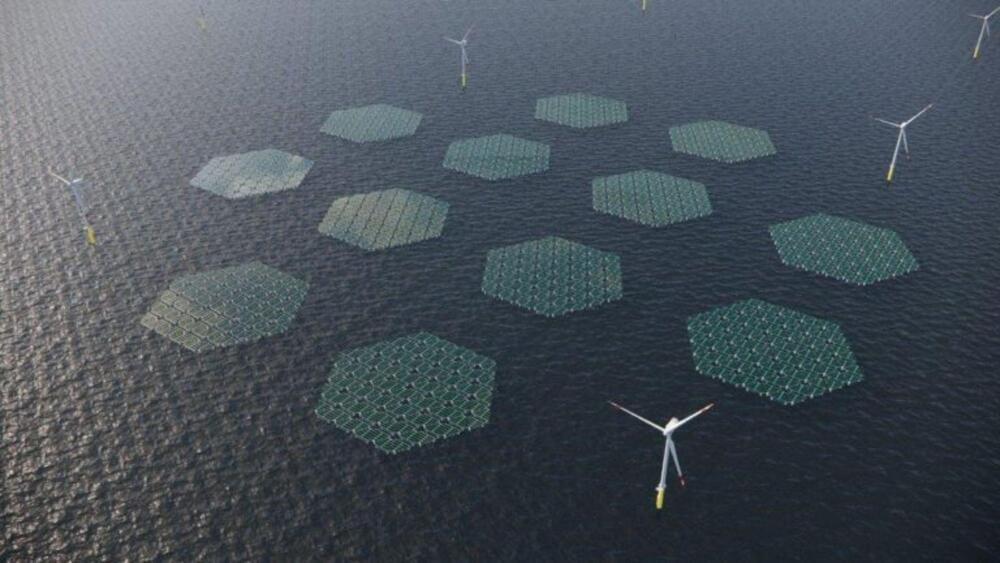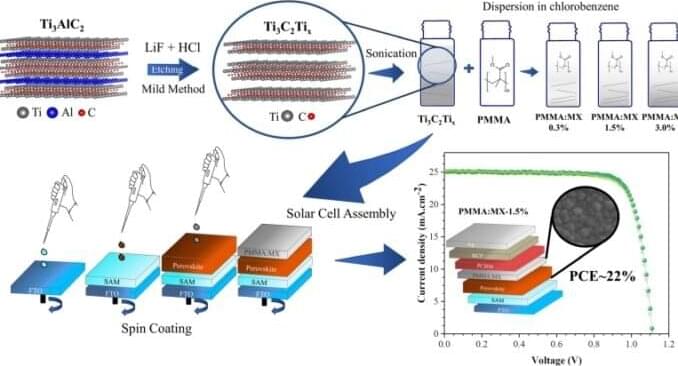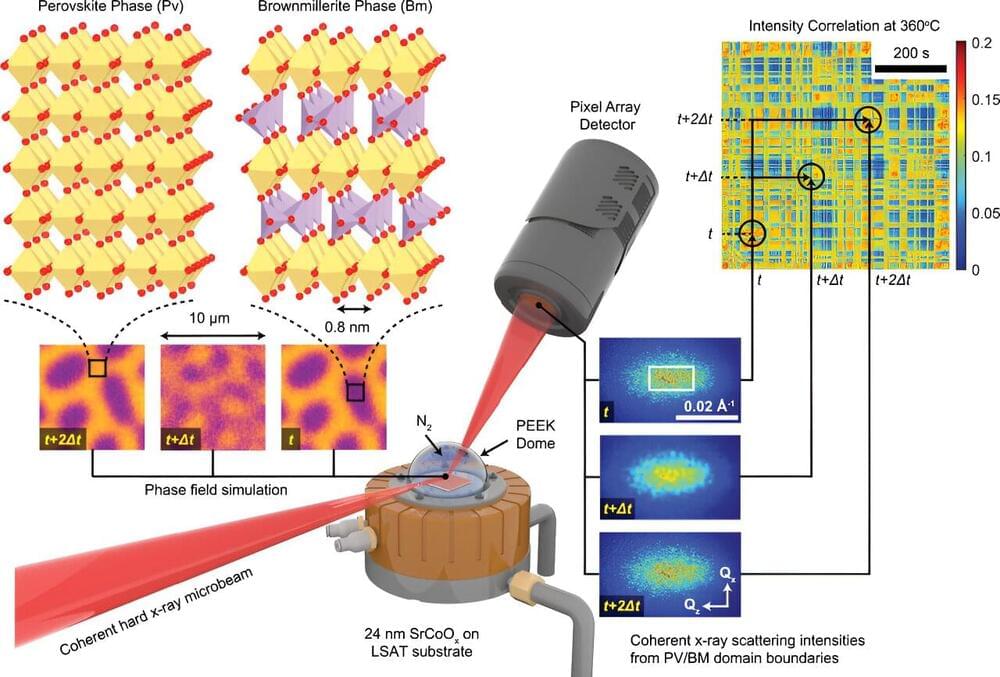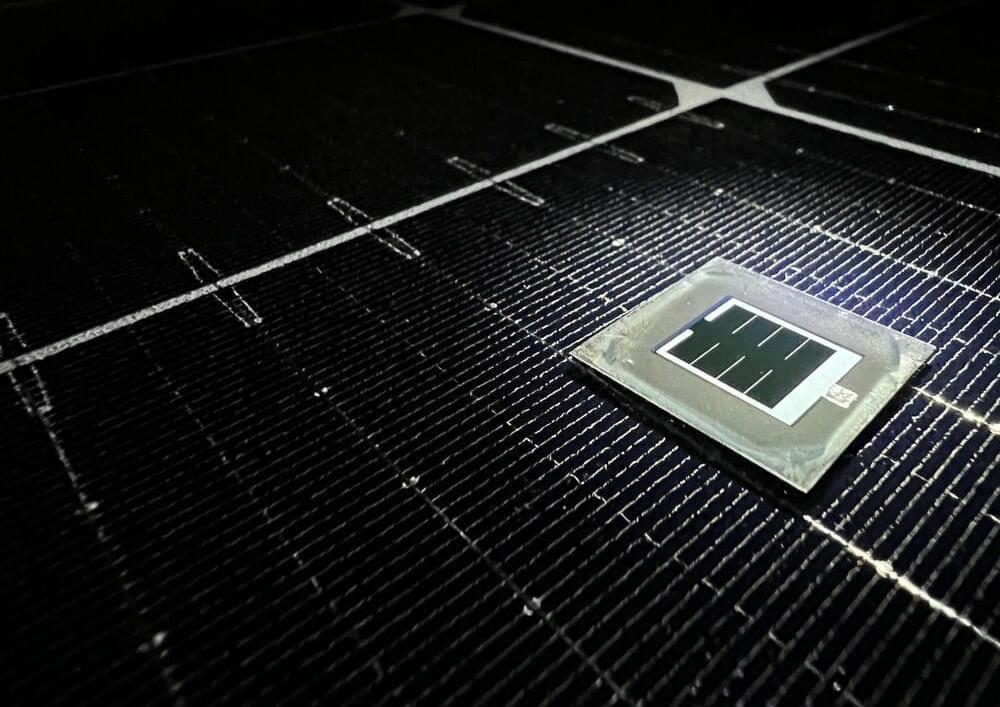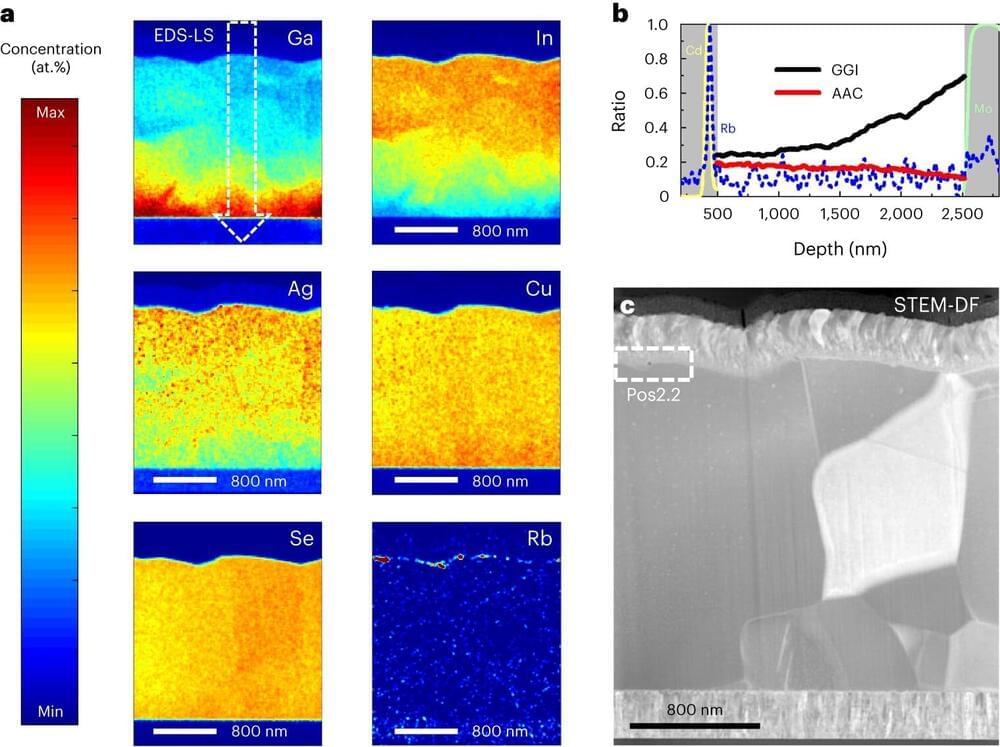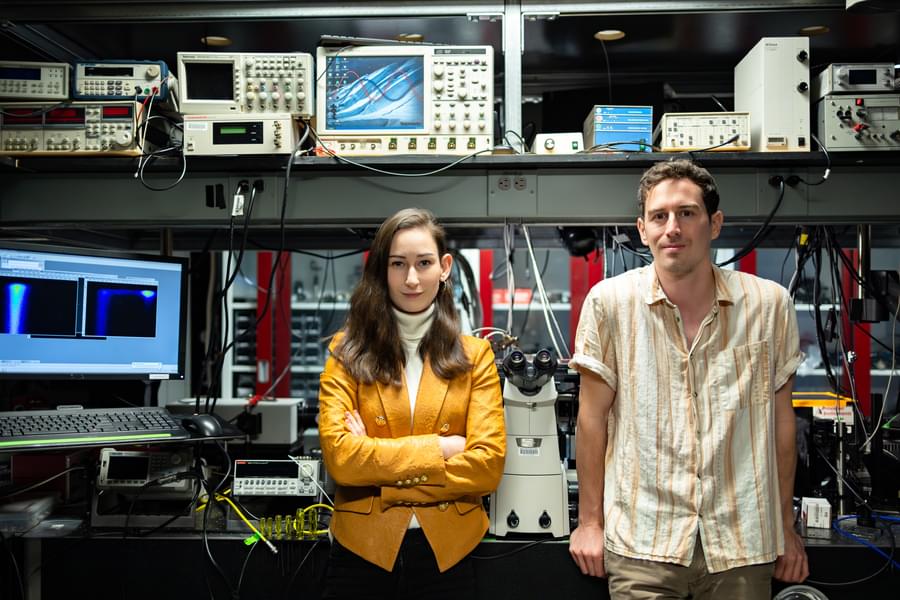An innovative, flexible solar cell being developed in South Korea has passed a crucial stress test.
Researchers from the Korea Advanced Institute of Science & Technology (KAIST) are working on a rubber-like sun-catcher made from organic materials. The idea is for these elastic cells to one day help power the wearable technology that is becoming more prevalent in society, per a KAIST research report.
“Through this research, we not only developed the world’s best performing stretchable organic solar cell, but it is also significant that we developed a new polymer that can be applicable as a base material for various electronic devices that needs to be malleable and/or elastic,” study lead Professor Bumjoon Kim said in the summary.
